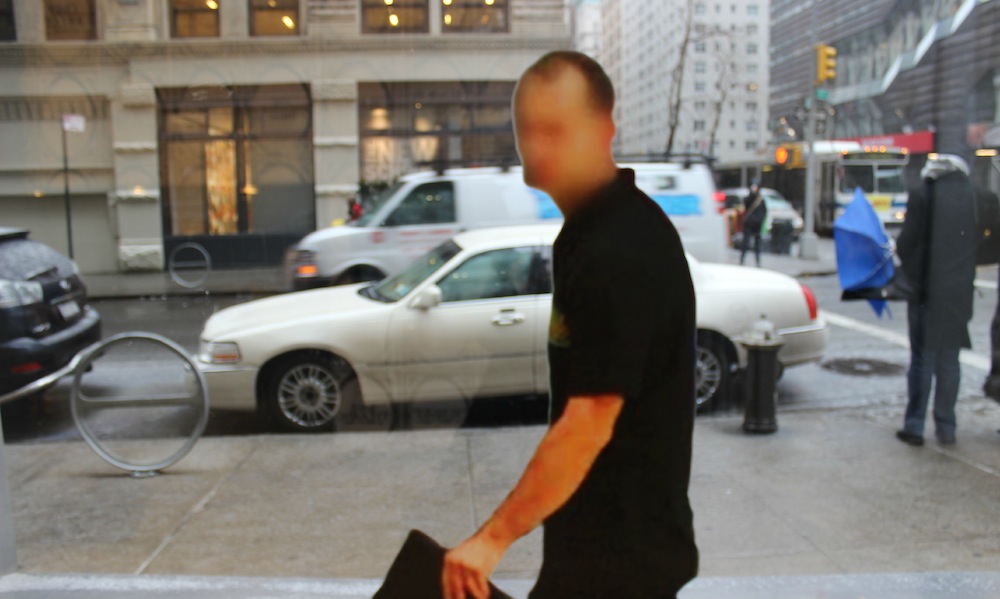
A crowded venue full of free wine, artists and their respective works should evoke openness, not paranoia. But at the Sheila Johnson Design Center last Wednesday night, “The Public Private” exhibit stressed the opposite message: the world is no longer as intimate as it once was.
Personnel from Parsons hosted an opening reception for “The Public Private” at Sheila C. Johnson Design Center, where technologically bent artists from various genres showcased exposés on this age of social media domination and its potentially detrimental effects.
Re-watching movies like “Enemy of the State” and “Live Free or Die Hard” evoke chilling feelings of a new reality: a world under constant surveillance by its own inhabitants. Pictures are taken, words are said; they may get lost in our memory. But once online, these actions cannot be undone.
Italian-born artist Paolo Cirio scrutinized this concept of Internet exclusivity at “The Public Private” with his piece “Face to Facebook.” The two-year project involved snatching photos from roughly a million random Facebook users and uploading them to a fake dating website. Once news of this project went viral, a mixed response of outrage and pleasure ensued, and the dating website went offline.
“Everyday we could get like 20 emails from people really pissed,” Cirio said. “All these lawyers of Facebook were insisting [that we] shut down the entire project.”
Like his lawyers, Cirio knew that collecting and using publicly available data violated no one’s rights.
Many of today’s Internet users leave behind long trails of data. Recognizing the human discomfort with public surveillance, artist James Coupe displayed the mix of surveillance and social media in his “Five People in a Room” project.
Coupe’s exhibit incorporated a ring of cameras capturing a 360-degree panorama. Each camera feed is set to one of five monitors exposing the entire gallery space. Running on computer vision, the cameras pick out when single faces are in the shot, then profiles the faces according to age and gender. Facebook status updates from users matching the profile are then shown as subtitles under the person as they appear on the screen.
“The five subtitles [across five screens] read as a story, so each person coming in changes the whole story,” Coupe explained. “People don’t often think about [Facebook] as a surveillance space,” Coupe said. “Everybody is volunteering all this information about themselves.”
We can no longer become antagonistic or hostile when someone makes use of the information we unintentionally give them access to online. Although Coupe believes people are now “learning through social media how to control how they are seen,” commercial systems – like Facebook and cloud service providers – are allowed to decide what “being seen” actually means.







Leave a Reply